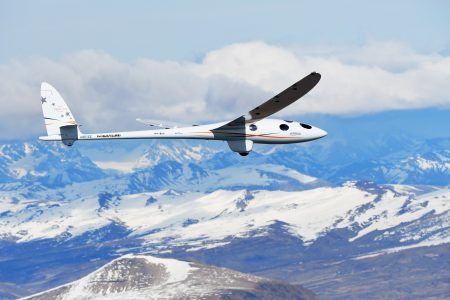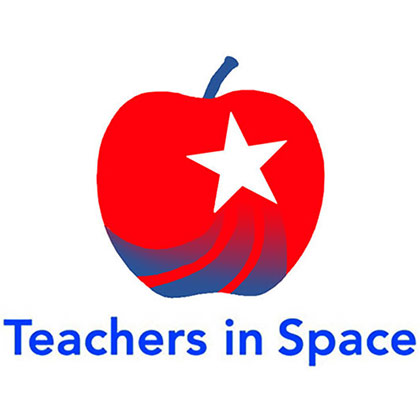April 17, 2018 – Eric Klien of the Lifeboat Foundation, a not-for-profit organization focused on human progress through science and technology, was kind enough to send me information about Teachers in Space (TIS), a program that allows school-age students to create high-altitude experiments.
In a recent development Airbus, the European aircraft manufacturer, has through its Perlan II stratospheric glider, program, made it possible for TIS experiments to come on board on flights to the stratosphere and the near-edge of space. Perlan II holds the world altitude record for non-powered flight. It is descrbied as the first aircraft designed for the high stratosphere reaching heights of more than 27,000 meters (90,000 feet). At this elevation the glider is as near a spacecraft as possible with air density less than 2% of normal atmospheric pressure at sea level. Temperatures are minus 70 Celsius (minus 94 Fahrenheit). The combination of thin air and cold resembles conditions found on the surface of Mars.
How does Perlan II fly so high? Perlan II uses mountain waves, changes in airflow over mountain ranges, to assist it on its way to record altitudes. Surfing mountain waves is not new to glider pilots. But little was understood of just how far up the influence of these waves goes. And when combined with jet stream winds and the Polar Vortex, the Perlan II can attain sufficient flight speeds and wave lift to reach high into the stratosphere.
Made of composite materials, the Perlan II incorporates a pressurized cabin with seating for two. Wingspan stretches 25 meters (84 feet) Gross weight with full crew complement on board is 816 kilograms (1,800 pounds). Wing area is greater than conventional gliders but at lower altitudes Perlan II struggles to stay aloft. It’s only when it catches a wave and mountain ridge lift along with an occasional thermal that it makes the assent to much loftier heights where it is perfectly suited to the conditions.

The TIS program initially developed its 3D printed housings fitted with customizable processors, data storage, sensors, and batteries for flying educational payloads on high-altitude balloons. It adapted the housing and technology to fit with Perlan II and has already flown one experiment at an altitude that exceeded 17,000 meters (approximately 57,000 feet). An award from the Lifeboat Foundation in 2017 will fund three new experiments that will fly in May 2018. On board will be contributions from the Ashford School in Connecticut (a dual Geiger counter radiation-level test), Cazenovia School in New York (effects of radiation on plant seeds test), and the Oregon Museum of Science and Industry (marshmallows at high-altitude/low-pressure test). To see details about these and other experiments visit this TIS site. TIS also has plans to put its experiments on other suborbital and high-flying platforms. With money from a NASA grant future experiments will ride on board Blue Origin’s New Shepard suborbital rocket.
And Airbus intends to work with TIS in the future on a new edition of its stratospheric-flying gliders, the Perlan III, which will reach heights of more than 30,000 meters (100,000 feet). It’s hard to differentiate a glider flying at that height from a suborbital spaceplane such as Virgin Galactic’s VSS Unity which soon will be taking space tourists on suborbital flights to similar heights.















